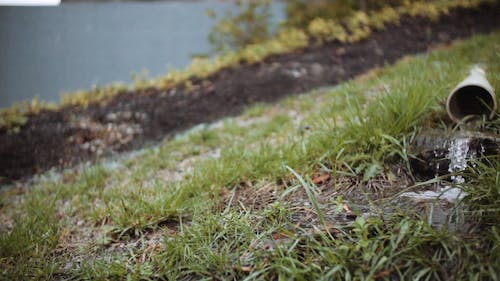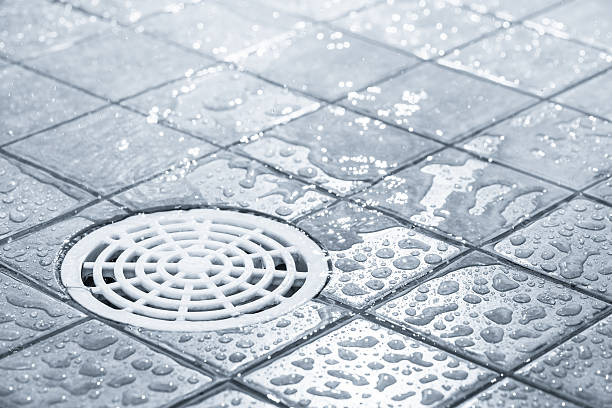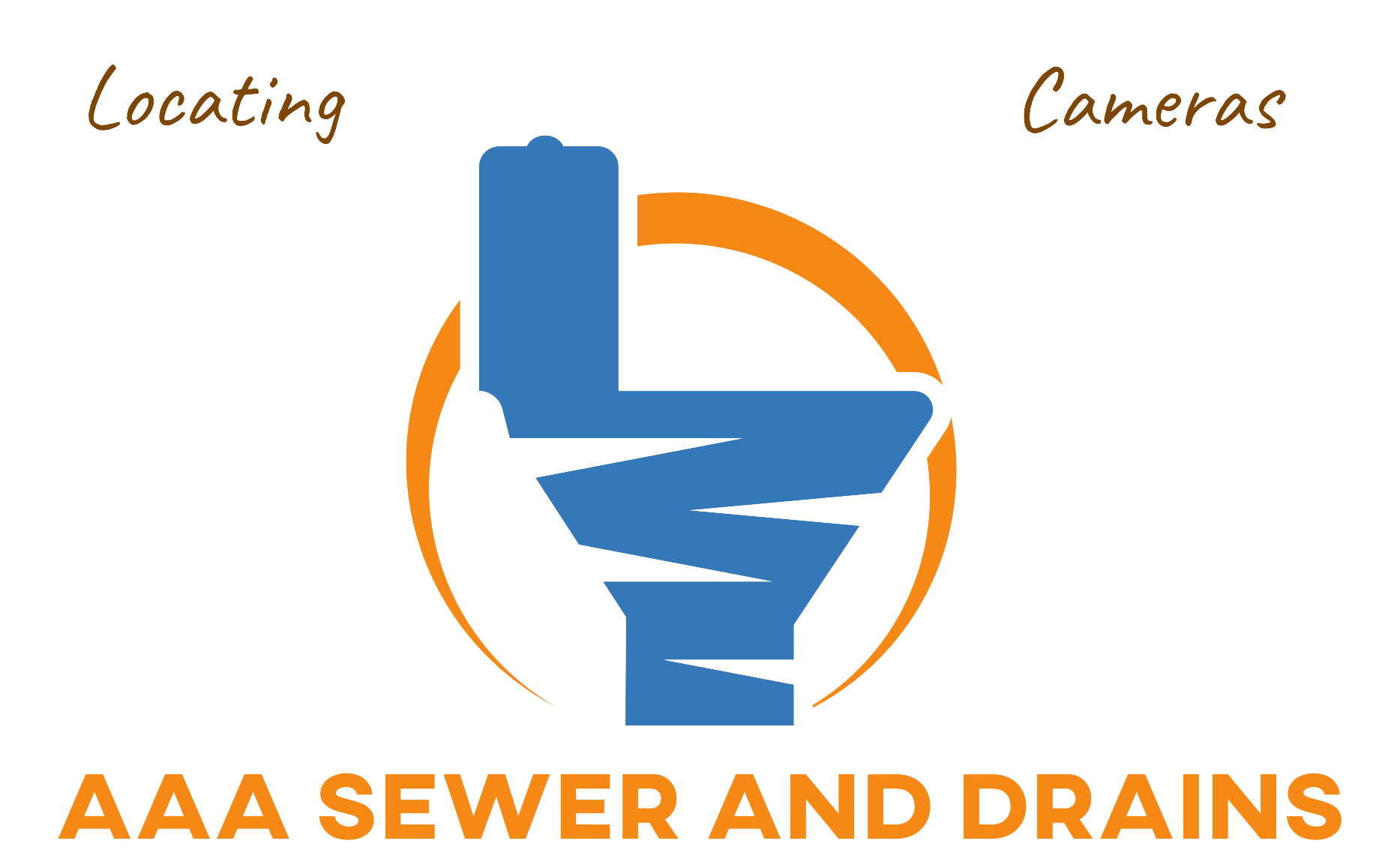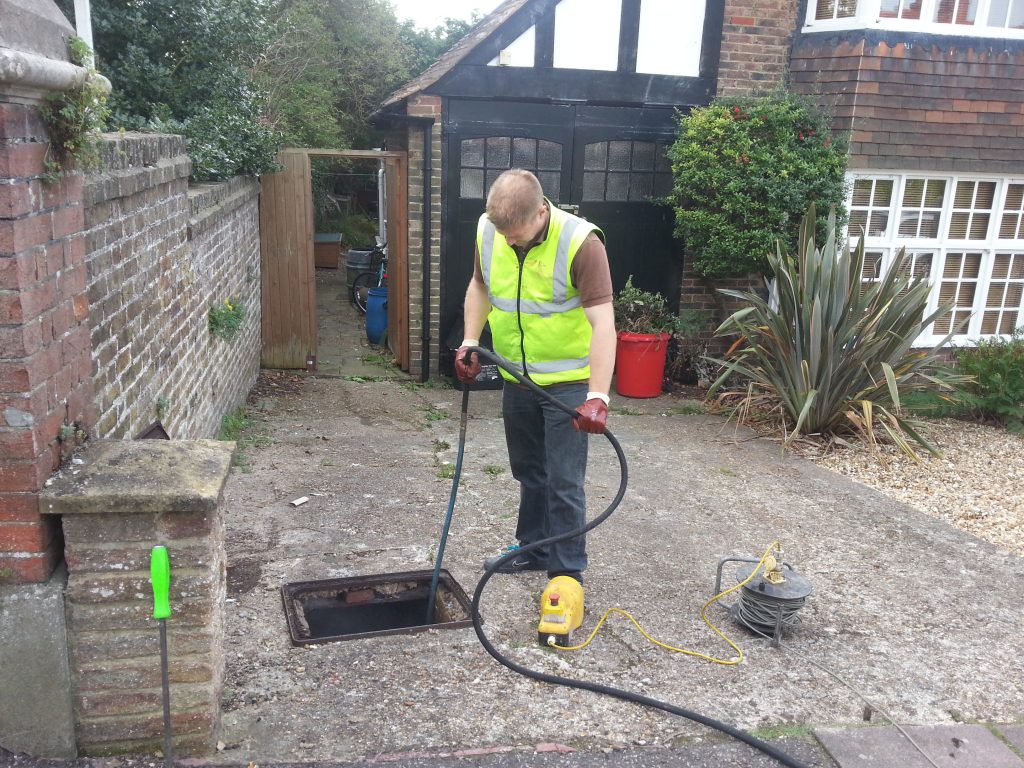How to Find Gutter Drains in Yard: A Comprehensive Guide

Gutter drains, often called downspouts, are something you’re familiar with if you own a home. These crucial elements aid in directing rainwater away from the foundation of your property, minimizing the risk of water damage. But with time, these gutter drains may get clogged or damaged, resulting in inadequate drainage. This post will look at several ways to locate gutter drains in your yard and check that they work correctly.
Understanding Gutter Drainage Systems
It’s critical to comprehend the fundamentals of a gutter drainage system before finding gutter drains. Rainwater is meant to be carried away from the base of your home by gutter drains, usually attached to the edges of your roof. The system, which includes extensions, downspouts, and gutters, aids in directing water away from the house.
Examining the Exterior of Your Home

There are various procedures you can take to ensure a comprehensive search while inspecting the exterior of your home to find gutter drains. This procedure entails looking at your home’s exterior walls and roofline to see whether downspouts exist and where they are located.
· Walk Around the Perimeter
Start by strolling around your property. Look for any vertical, downward-extending pipes or spouts affixed to the roofline. The downspouts, which are a crucial component of the gutter drainage system, are most likely these.
· Observe the Corners
Gutter downspouts are typically located at the house’s corners. See whether you can find any downspouts by looking at the eaves’ corners and the area close to the outside walls. To enable efficient water drainage, they are frequently placed strategically.
· Inspect Straight Sections of the Roof
In addition to the gutter’s corners, downspouts may also be seen there. Watch out for any pipes or extensions that may be running along the house’s sidewalls.
· Look for Water Stains or Discoloration
Look for any evidence of water stains or discoloration while inspecting the exterior walls. Water tends to travel down the walls from the gutter system. Therefore, streaks of water or moisture marks could point to the presence of downspouts there.
· Check for Underground Pipes
Gutter drains frequently connect to underground pipes that direct water away from your home’s foundation. Check the walls of your basement or crawl space for any exposed pipes or drainage outlets. You can use these pipes to determine the gutter drains’ route.
· Check After Rainfall
Checking to see if there is active water flow in the gutters and downspouts after recent rain can be helpful. You can determine the placement and operation of the downspouts by looking for indications of water pouring out of them.
Checking the Basement or Crawl Space

Examining your basement or crawl space can reveal important hints regarding where your gutter drains are located. Check the walls for any water stains or indications of moisture. Gutter drains are frequently routed into underground pipes that carry water farther from the house’s foundation.
Tracing the Gutter System
Climb a ladder and look at the gutters directly to determine the precise route of the gutter drains. Trace the gutters along the roof’s eaves, beginning at the downspouts. Note any obstructions or debris that might prevent water from flowing.
Using a Garden Hose
If you’re having difficulty pinpointing the precise location of a clogged or concealed gutter drain, give a garden hose a try. Feed the hose into the gutter from the downspout while the water is running. As the system fills with water, any obstructions or leaks will be simpler to find.
Seeking Professional Help
Consult a professional if finding and inspecting the gutter drains appears difficult or if you run into complicated problems. Any drainage issues can be accurately identified and adequately fixed with the aid of a knowledgeable gutter professional.
Preventive Maintenance
Preventive maintenance is essential for your gutter drainage system to function optimally and successfully channel rainwater away from your home. Clogs, leaks, and potential water damage to your property can all be avoided with routine maintenance. The steps in preventative maintenance are as follows:
· Regular Gutter Cleaning
One of the most crucial preventive maintenance activities is cleaning your gutters. In the gutters, debris like leaves, twigs, and dirt can build up and obstruct water flow. Gutter cleaning should be done at least twice a year, often in the spring and fall. Use a ladder, gloves, and a scoop to clear the debris. To maintain appropriate water flow, rinse the gutters with a garden hose.
· Install Gutter Guards
Gutter guards, also known as gutter covers or screens, are something you might want to install. These fixtures serve as a barrier to keep heavy objects out of the gutters while allowing water to flow unhindered. Gutter guards can lessen the need for routine cleaning and simplify maintenance activities.
· Inspect for Damage
Regularly look for any signs of damage in your gutters and downspouts. Check for cracks, rust, or sagging areas, as these problems can affect the drainage system’s effectiveness. Any issues should be resolved right away to avoid future harm.
· Check for Proper Pitch
Your gutters should be appropriately pitched, with a slight downward slope toward the downspouts. This angle eliminates standing water, which can attract bugs, cause rust or corrosion, and promote water flow through the system.
· Trim Overhanging Branches
Tree branches that hang over your gutters might drop leaves and other debris into them. If branches are hanging over your roof, prune them back to reduce the quantity of debris collected in the gutters.
· Monitor Downspout Extensions
Downspout extensions divert water from the base of your property. Ensure they are firmly fastened and directed so that water flows at least five feet from your home. It stops water from collecting close to the foundation, which may result in structural problems.
· Address Leaks Promptly
If you see any drips or leaks from your gutters, fix them immediately. Water damage to your home’s exterior or foundation might result from leaks. Use a gutter sealant to stop minor leaks, and for more significant problems, think about hiring a specialist to handle the necessary repairs.
Conclusion
To prevent potential water damage to your property, keeping your gutter drainage system in good working order is essential. You can quickly locate your gutter drains and ensure they are in excellent condition by following the instructions in this article. Remember to do routine maintenance and, if necessary, seek professional assistance. Your home’s foundation and overall structural integrity will be protected if your gutter drains are clear and functional.


